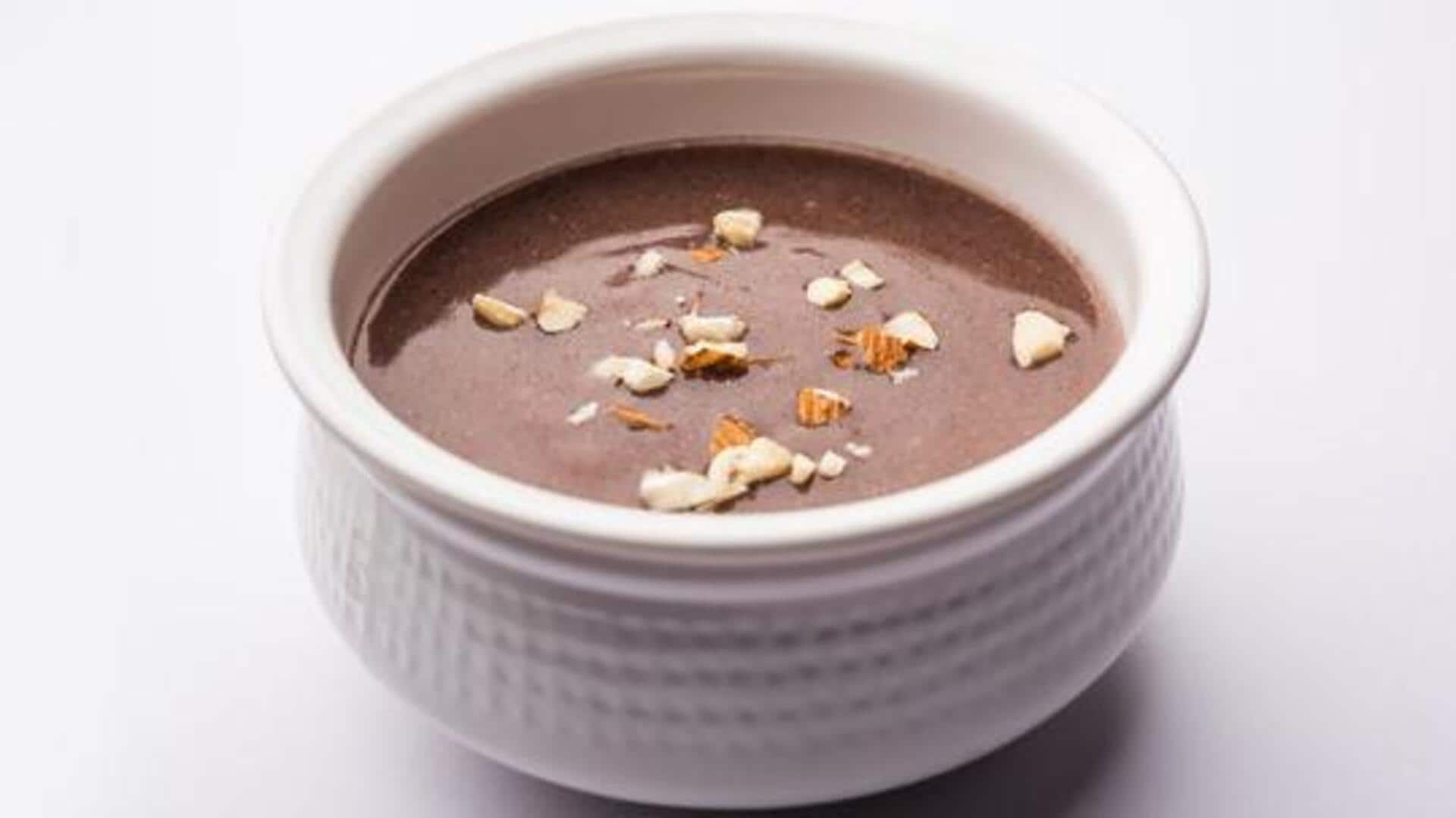
5 traditional ways to cook with finger millet
What's the story
African finger millet, popularly known as ragi, is a versatile and nutritious grain that has been a staple in several African communities for centuries. Famous for its high calcium content and rich nutritional profile, it is used in a range of traditional dishes. Here are five traditional ways to include this ancient grain in your diet, its cultural significance, and health benefits.
Breakfast staple
Making porridge
Finger millet porridge makes for a popular breakfast option in many African homes. The grain is ground to flour and cooked with water or milk until smooth. Sweetened with honey or sugar, this porridge makes for a healthy breakfast. It is especially prized for its high calcium content, which promotes healthy bones.
Bread alternative
Baking flatbreads
Another traditional use of this grain is making flatbreads out of finger millet. The flour is combined with water to create a dough, which is then rolled and cooked on a hot griddle. These flatbreads are commonly accompanied with stews/curries, and are loved due to their earthy flavor and gluten-free nature.
Cultural drink
Brewing traditional beverages
In various African cultures, finger millet is a staple in traditional drinks. Upon fermentation, the grains become drinks with mildly sweet to slightly sour flavors. These drinks are not just refreshments but also form a central part of ceremonies and get-togethers, symbolizing unity and offering nutrition. Their cultural importance is immense, making them a must-have during significant occasions.
Dessert delight
Preparing steamed cakes
Across different parts of Africa, steamed cakes made from finger millet are relished as desserts or snacks. The flour is combined with other ingredients like coconut milk or jaggery before steaming it to fluffiness. Not only do these cakes provide a distinct texture and taste, but also deliver important nutrients such as iron and fiber.
Snack option
Crafting savory pancakes
Savory pancakes using finger millet flour is another way this grain makes its way into the traditional cuisine. Mixed with spices such as cumin or coriander, the batter is poured onto a hot pan to make thin pancakes that could be eaten alone or paired with chutneys or sauces for added flavor.